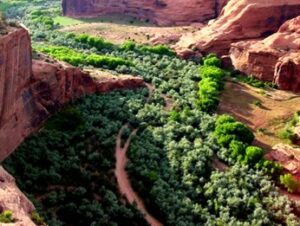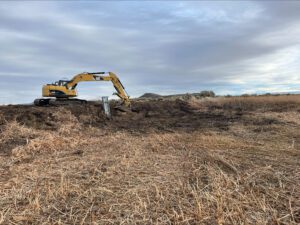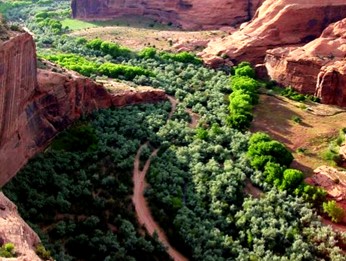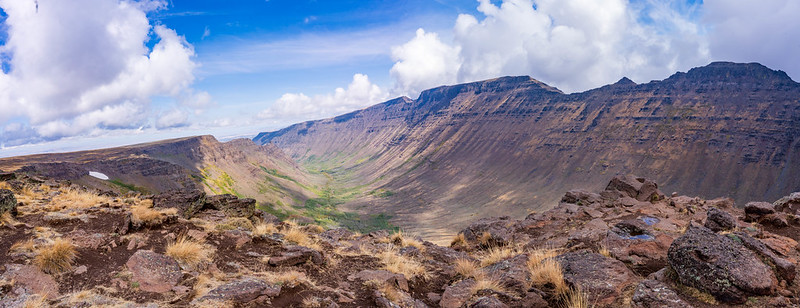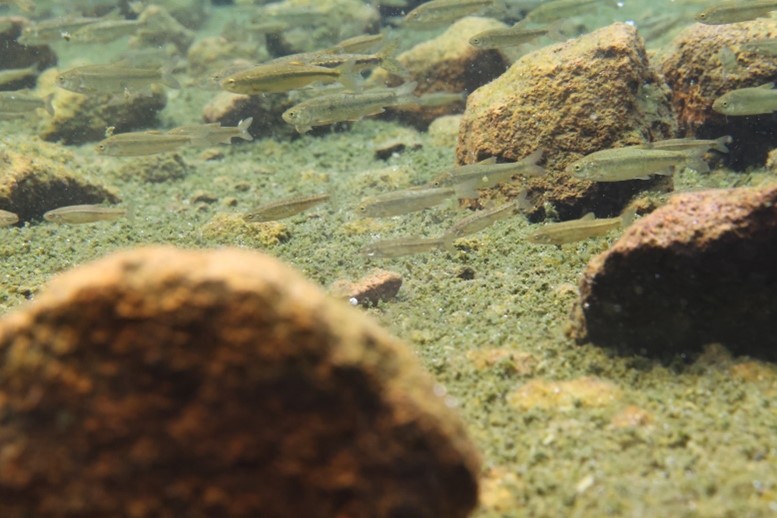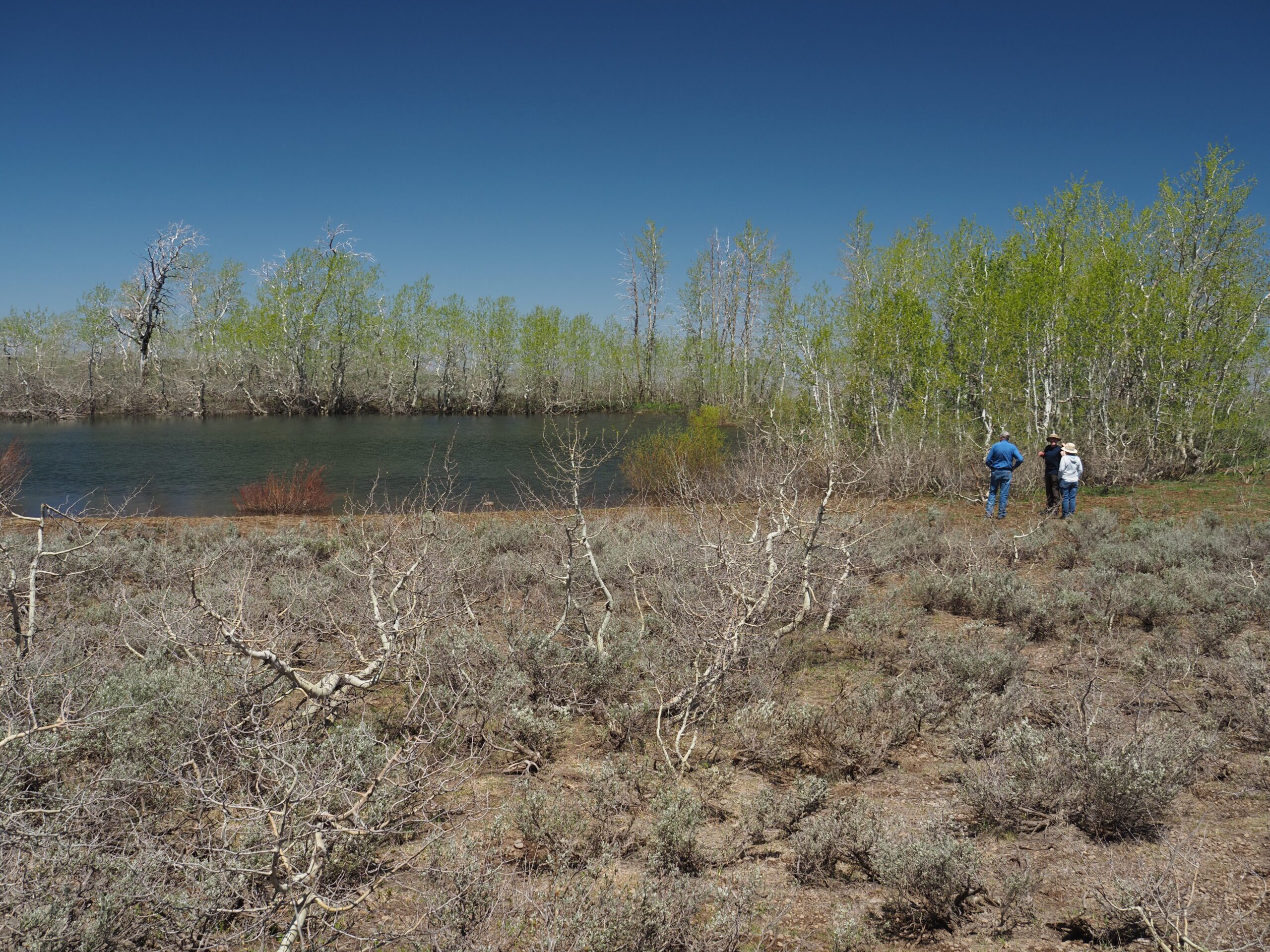Written by Casie Smith/Photos by James Pearson and Janelle Wicks
The absence of submergent vegetation and the minimal emergent vegetation existing in Malheur Lake is partially a result of the lack of available light to support development of aquatic vegetation in the system. The turbidity that limits light transmission through the water column is a result of wind fetch/wave action, phytoplankton abundance, and carp activity, among other factors. The pilot restoration project that will be conducted in Malheur Lake in 2020 and 2021 will 1) determine which factor, or combination of factors, can be manipulated or controlled to substantially reduce the turbidity in the water column, and 2) determine if that reduction in turbidity allows emergent and/or submergent vegetation to survive.
In the first year of the project (FY2020), ten mesocosms will be constructed in the lake, and either one or multiple turbidity-causing factors will be manipulated or controlled in each. In the second year of the project (FY2021), the mesocosms will be reconstructed in the lake. The turbidity-causing factors will be treated again, and combinations of desirable emergent and submergent vegetation will be planted in each mesocosm. In both years, the water quality will be assessed within each mesocosm, and percent survival of plants will also be determined in year 2.
This project will quantify the change in water-column turbidity and plant survival as a result of treatments. Results will be used to inform USFWS and HBWI about the potential to reduce water-column turbidity and increase emergent and submergent plant survival for large-scale restoration of the lake.
Any questions concerning the upcoming project can be directed to James Pearson the MNWR Aquatic Habitat Biologist at [email protected]



Casie Smith and James Pearson 



